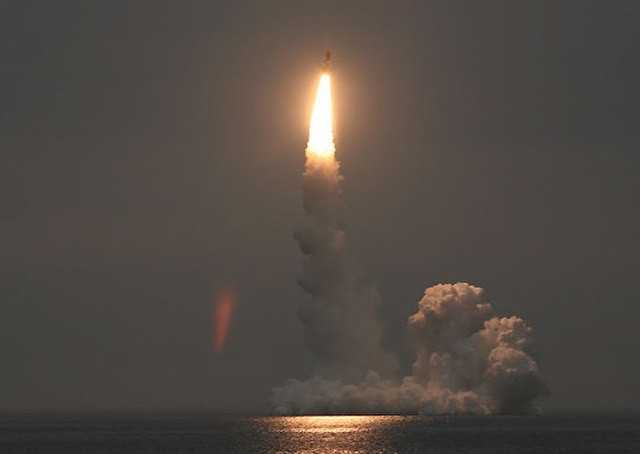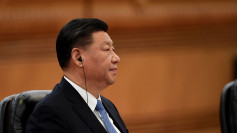Amidst the tumultuous geopolitical climate shaped by the war in Ukraine, a leading Russian nuclear physicist has argued for a reconsideration of the Doomsday Clock's ominous proximity to midnight. Pavel Podvig, a notable voice in the field of nuclear security, has called for the symbolic clock to be wound back in acknowledgment of the international community's robust stance against nuclear threats.
The Doomsday Clock, a barometer of the planet's health and safety since 1947, moved to 90 seconds before midnight in January 2023. This shift underscored escalating global anxieties, primarily driven by heightened nuclear risks linked to the conflict in Ukraine. However, Podvig, who steered the Russian Strategic Nuclear Forces Research Project in the mid-90s, now sees cause for a more optimistic reassessment.
Russia's suspension of the New START treaty and the brash display of its nuclear arsenal early in the Ukraine conflict spiked global tensions. However, the months that followed bore witness to an unyielding, united front against the potential use of nuclear arms. Podvig recognizes this formidable resistance, a tapestry of national policy and public sentiment, as grounds for dialing back the symbolic clock.
Indeed, the world has not stood silent. From the resolute declaration issued at the Treaty on the Prohibition of Nuclear Weapons conference in Vienna to the G20 leaders' stark condemnation in Bali, the message has been unequivocal: nuclear threats, under any guise, are indefensible.
Moreover, Podvig highlights, even nations beyond the nuclear club have lent significant weight to this stance. The international response has transcended ideological lines, signaling a collective resolve that undermines any attempt at nuclear brinkmanship.
The evolving scenario suggests that while the Kremlin continues to flex its nuclear muscle, the actual employment of such weapons remains a distant and undesirable threshold, with the global consensus serving as a formidable deterrent. This contention aligns with broader sentiments within the security community that underscore the paramount need to resist the normalization of nuclear coercion.
The reverberations of this stance have echoed in diplomatic corridors from Vienna to Bali, proving that the world can-and has-spoken in a unified voice against nuclear intimidation. In light of these developments, Podvig urges that the Doomsday Clock, next time it is set, should reflect this potent international resolve.
Whether or not the Bulletin of the Atomic Scientists, the guardians of the clock, will heed Podvig's call remains uncertain. Nevertheless, his argument stands as a testament to the power of global unity in the face of nuclear adversity. It's a reminder that the hands of the Doomsday Clock are not moved by the machinations of any single nation but by the collective will of the international community to safeguard humanity's future.
As this dialogue unfolds, the world watches with bated breath, hoping that the hands of the Doomsday Clock will indeed reverse, if only by a fraction, as a symbol of humanity's resilience against the specter of nuclear conflict.






